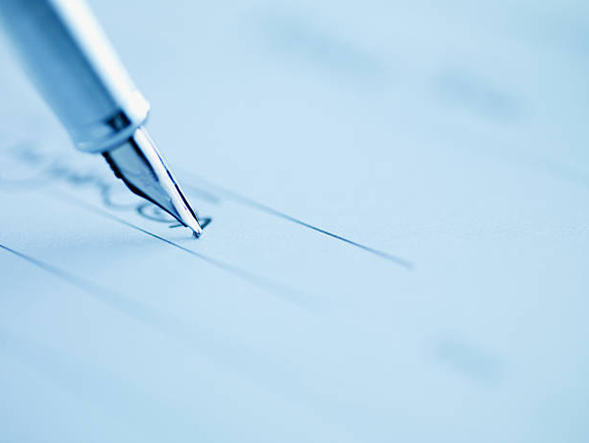Understanding the Nuances of a strong IP Agreement
The importance of Intellectual Property has been on the rise. Multiple companies and corporations are increasing their investment for a strong development of R&D. The IP forms a strong asset for the company which can be used for various contractual agreements and obligations. It is also important to capture a strong strategy for the development of IP and the strong execution of IP-related matters. IP is no more different than that of physical assets but indeed has a unique nature in terms of its development, protection, and execution. Due to such unique nature, it is important that the governance of such IP-related matters must also entail some unique characteristics.
[Image Source: gettyimages]
Obligation and Execution
In terms of talking about the agreement dealing with IP-related matters, it is important that certain cautious approaches must be taken in terms of defining the scope of the agreements and specifying the expectation from the parties. With this, the obligation on the part of the parties to be clear will help in the effective execution of the agreement. Why this is important because the agreements specifically for IP matters can take multiple forms which can be license agreements, assignment agreements, R&D agreements, joint ventures, and others. Such multiple forms can take varied obligations and implications in themselves.
The agreement generally seeks to have a consensus on an aspect upon which the agreement relies. Mostly in the field of IP, the agreement generally tends to cover the R&D which supposedly becomes an important part of the agreement. Covering R&D in the agreement entails in itself various aspects such as dealing with the investment, or the ownership of the final product, or profit-making distribution among the parties. Such agreements must be very careful with regards to defining the rights and obligations among the parties. Every such definition must conform with the scope of the agreement and also in terms of the collaboration of the said R&D and syncing their research and development efforts.
Generally, the parties entering the IP agreements have existing IPs in play. So the agreement must be very clear with each such fact of the previous IPs. As per the agreement and the decision among the parties, if they want to delineate the existing IP, it must be mentioned. The agreement must mention which services and products are covered in the same, and which will be the subject of the R&D programs. More importantly, as specified, the agreement must cover the scope of the agreement and by specifying the scope, it must cover all those aspects which do not form a part of the agreement.
R&D and ownership
Multiple agreements are being breached or are not enforced due to circumstances. In such a case, the agreement dealing with R&D must be in such a sense that the parties must hold up their end of the agreement. In all such cases, what lacks is the paucity of corrective mechanisms. The agreement must ensure that the corrective mechanism must be there which will help the parties to ensure that each other party must hold the agreement till the end. If we talk about patents, in the agreement it must be very clear that the agreement must be clear with the aspects of who will file the patent application, by what name the application will be filed, the prosecution part of the application, and the expenses involved in each stage; all such things need to be very clear with the agreement being demonstrated.
When two parties are involved in the agreement, it becomes very obvious that the firm internal research will be made available to the other party. Generally, both parties typically permit the other party to have a limited inside look at their internal R&D which is also necessary for the continuation of collaborative R&D. This makes another aspect more important is the limit to what will be available and what will be confidential. The agreement must be clear with the confidential information which will not be shared and the other proprietary information and further steps taken. It must also be made clear about how long the information will remain confidential.
Concerning the ownership of the IP, the agreement must be clear with that, even though this can be very complicated. In such a case, the agreement must be clear that the IP can be used by each party and the parties must be allowed to offer, sell, and can use the invention for their purpose. The ownership must be defined very clearly because it can be the subject of dispute later. The ownership can be decided mutually or can be dependent upon the level of investment made. Also, there is an option where the parties can form a new entity where the development of IP can be done and the owner can be assigned to that entity in which both parties have equal collaboration. Therefore special attention must be made with regards to the confidentiality, ownership, and operational part.
Author: Saransh Chaturvedi an associate at IP & Legal Filings, in case of any queries please contact/write back to us at support@ipandlegalfilings.com.




